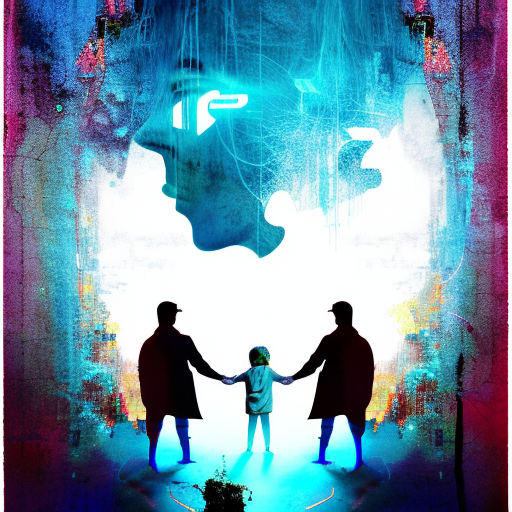One-line Summary:
“Fathers and Sons” by Ivan Turgenev explores the generational clash between traditionalists and nihilists in 19th-century Russia, highlighting the complexities of human relationships and the struggle between old and new ideologies.
Introduction:
“Fathers and Sons” is a novel written by Russian author Ivan Turgenev and published in 186Set in mid-19th century Russia, the story revolves around the generational conflict between fathers and their sons, exploring the clash of traditional values and emerging ideologies. Turgenev’s novel delves into the complexities of human relationships, the changing social landscape, and the struggle between old and new ways of thinking.
The Clash of Generations:
The central theme of “Fathers and Sons” revolves around the clash of generations, specifically between the older, conservative generation and the younger, more progressive one. The novel introduces two main characters who embody these opposing ideologies: Nikolai Petrovich Kirsanov, a landowner and representative of the older generation, and his son, Arkady, a nihilist who rejects traditional values.
Nikolai represents the traditional Russian aristocracy, deeply rooted in their land and traditions. He is portrayed as a kind-hearted and gentle man, but also as someone who is resistant to change. Arkady, on the other hand, is influenced by the ideas of nihilism, a philosophy that rejects traditional beliefs and values. He is eager to embrace new ideas and challenges the established order.
As the story unfolds, Turgenev explores the complexities of their relationship and the impact of their differing ideologies on their interactions with each other and the world around them. Through their conversations and conflicts, the novel highlights the struggles faced by both generations in understanding and accepting each other’s perspectives.
Love and Relationships:
Alongside the clash of generations, “Fathers and Sons” also delves into the complexities of love and relationships. The novel introduces several romantic relationships that reflect the tensions and challenges faced by the characters.
One of the central relationships is between Arkady and a young woman named Katya, who represents the traditional values that Arkady rejects. Their love affair becomes a battleground for their conflicting ideologies, highlighting the difficulties of reconciling personal desires with societal expectations.
Another significant relationship is between Bazarov, a close friend of Arkady and a staunch nihilist, and Anna Sergeyevna Odintsova, an older and more sophisticated woman. Their relationship is marked by a power struggle and the clash of their opposing worldviews.
Through these relationships, Turgenev explores the complexities of love, the influence of societal expectations, and the challenges faced by individuals in finding happiness and fulfillment.
The Changing Social Landscape:
“Fathers and Sons” also provides a glimpse into the changing social landscape of 19th-century Russia. Turgenev portrays a society in transition, where traditional values are being challenged by new ideologies and social movements.
The novel explores the rise of nihilism, a philosophy that rejects established beliefs and institutions. Nihilism is presented as a reaction to the stagnation and corruption of the existing social order, with its proponents advocating for radical change and the pursuit of personal freedom.
Turgenev also depicts the changing role of women in society, with female characters like Katya and Anna Sergeyevna challenging traditional gender roles and expectations. They assert their independence and agency, defying societal norms and pursuing their own desires.
Overall, “Fathers and Sons” offers a nuanced exploration of the clash between tradition and progress, the complexities of human relationships, and the challenges faced by individuals in a changing society.
Key Takeaways:
- The clash between generations and ideologies is a recurring theme throughout the novel.
- Love and relationships are depicted as complex and influenced by societal expectations.
- The novel provides insights into the changing social landscape of 19th-century Russia.
Memorable Quote:
“We sit in the mud, my friend, and reach for the stars.” – Ivan Turgenev












